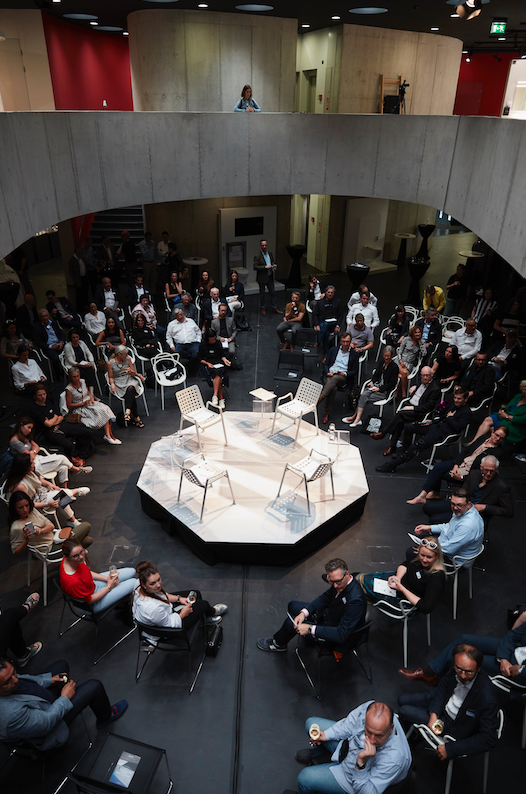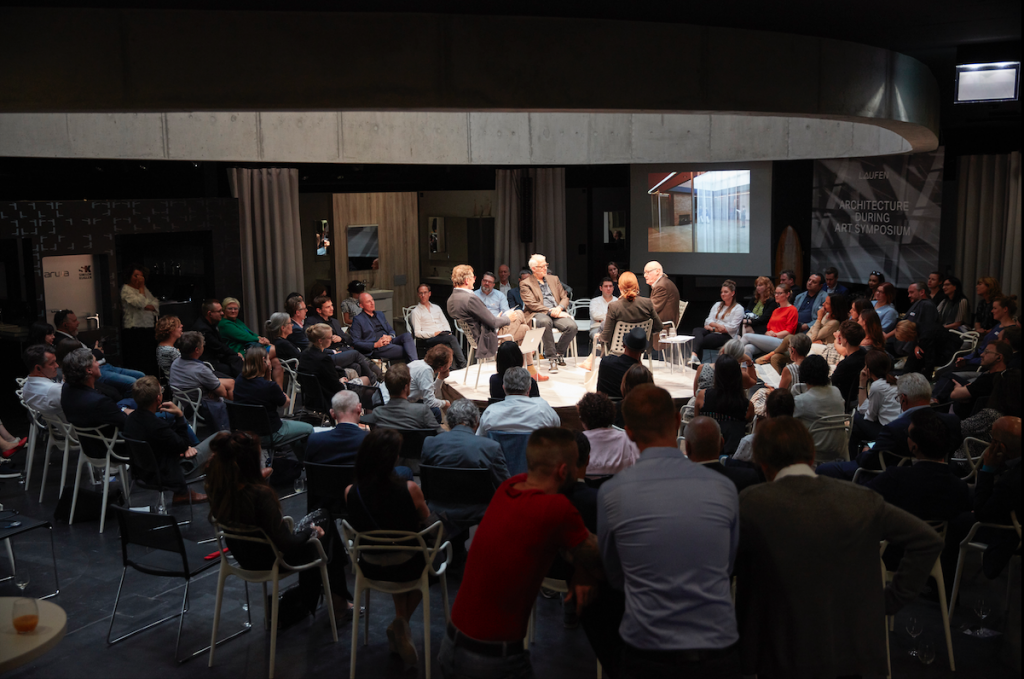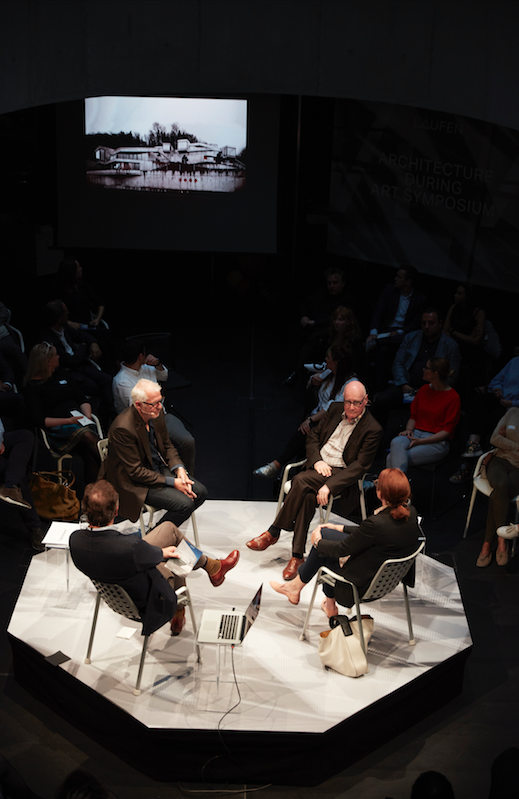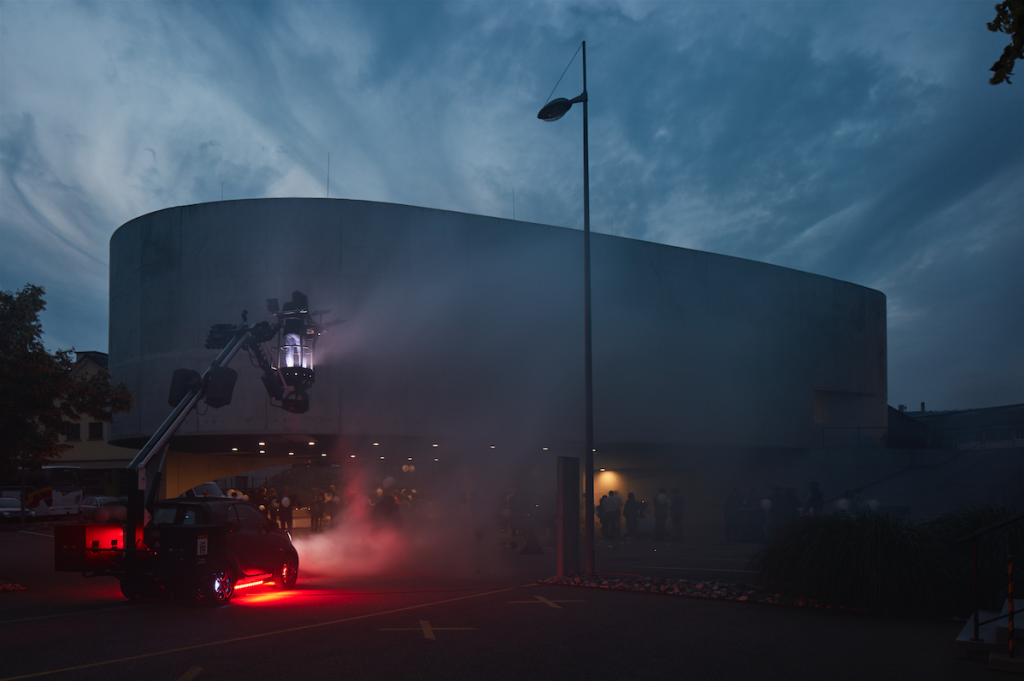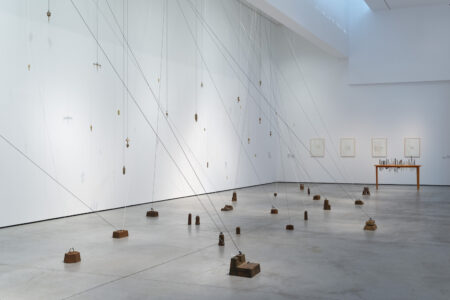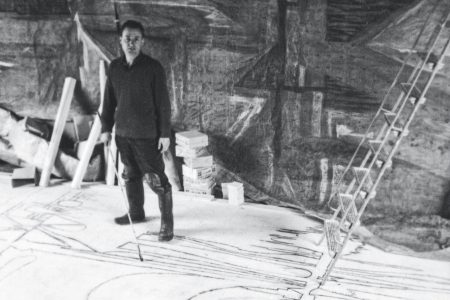Looking Back: Embracing Disharmony in Architecture
Architectural harmony and disorder were debated at Laufen’s headquarters in the Architecture and Art Symposium and panel discussion during Art Basel 2018
Imagine a world where all cities look the same. Glass and steel skyscrapers–each a clone of their neighbor–dominating each and every horizon. A few weeks ago Architectural Digest posed the alarming question “is vernacular architecture dead?”. A timely consideration in our increasingly globalized world where the fast and easy access to materials, construction methods and resources are paving the path for an International style of architecture.
These sentiments were echoed at the panel discussion Hidden Truths of Architecture that took place during Art Basel as part of the Architecture During Art Symposium. It was held at the Swiss bathroom specialist, Laufen‘s, headquarters on the 14th of June in cooperation with the Swiss Cultural Foundation Pro Helvetia. Kurt W. Foster, Art Historian and Director and Professor Emeritus at the Yale School of Architecture, asserted that our “modern craze is wanting everything to be standardized. Both indoors and outdoors.”
In addition to Foster, the panel comprised of Swiss architects Gabrielle Hächler and Andreas Fuhrimann of AFGH Architekten and was hosted by Tim Kammasch, Professor of Architectural Theory who was responsible for the Salon Suisse at this year’s Biennale of Architecture in Venice. The panel unanimously discussed the need for disharmony in architecture so as not to fall into a homogenized and uninspiring world.
They offered empathy as one approach that could help to counter the current movement towards standardization. “Empathic response is vital in architecture,” Gabrielle Hächler explained. Through empathy, architects can relate to specific contexts, local traditions and materials and
a diversity of budgets and clients.
Furthermore, they concluded that there is no general recipe for architecture but they believed that architects should be well traveled, cultivate an interest in politics and social issues and develop a sense of cultural awareness throughout their career.
This discussion leaves much to think about and a large social and cultural responsibility for architects to fulfill. Only time can reveal how architects will respond to this challenge but discussions like this one, that bring issues to the fore, will help to pave the way for a little bit of chaos and charisma in architecture.
Cover image: Preparing the panel discussion (from the left) Marianne Burki (Head of Visual Arts, Swiss Arts Council Pro Helvetia), Kurt W. Forster (Director and Professor Emeritus at the Yale School of Architecture), Gabrielle Hächler (AFGH Architekten, Zurich) and Andreas Fuhrimann (AFGH Architekten, Zurich).
